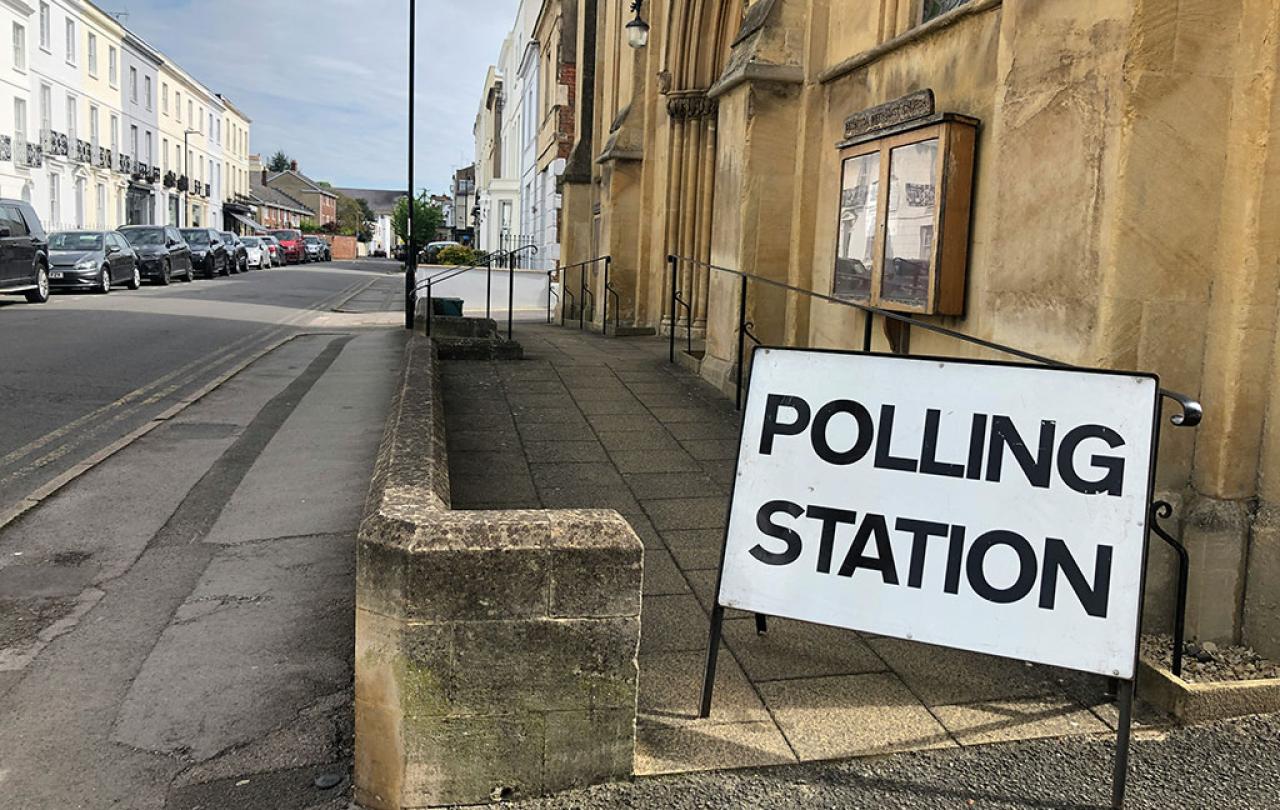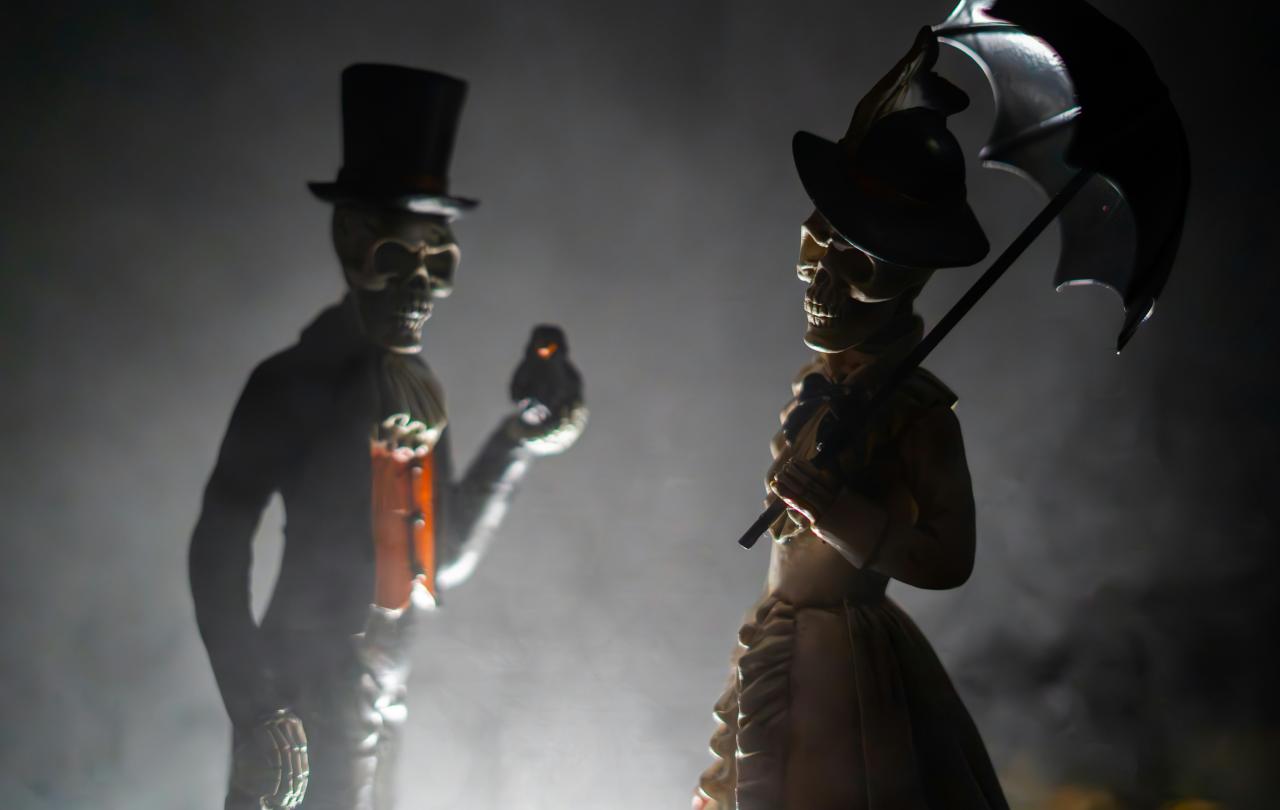
What makes an act sacred? Who it excludes, or who it welcomes? I found myself pondering this looking at the thin metal discs in the box I’d pulled off the shelf. I’d seen their tagged under glass at Scotland’s National Museum. Now, in an archive housed in the old kitchen of our rural community’s school, I had my first chance to touch what was once called “the open sesame to the bliss of so great a mercy”, a Church of Scotland communion token. Now items for collectors, filling drawers in local history museums, they once were the necessary payment for participation in one of the rites at the heart of Christian worship. They were the coin that verified that its holder’s faith and morals had been examined by an elder of the kirk and been found satisfactory.
Holy Communion, or the Eucharist as it is called in other churches, has its origins in the Last Supper, a meal of bread and wine Jesus shared with his disciples on the night before his crucifixion. Christians may disagree on the exact meaning of the meal, but all hold that it is, in some way, sacred and central to the Christian life and the recognition and celebration of Christian community. Communion tokens were but one example of a strategy that Christians have employed time and again to ensure that the mystery and sacrality of the meal is properly recognised: stopping the wrong sorts of people from participating in it. Ironically, in this we have often been much more discerning, or perhaps discriminating, than Jesus himself. The companions he chose to initiate the practice were a quarrelsome lot. They were mostly provincial fishermen more concerned with establishing their place in the new kingdom they imagined Jesus would establish after overthrowing the Romans than in participating in the meal with due reverence and seriousness.
All who came were for that day, in that room, in that act, equal. All who came were welcome. No one was turned away.
A year later, I found myself sitting behind a table in the rear of our community’s nursery. It was election day for the Scottish Parliament, and I had added polling clerk to the miscellany of part-time jobs I had taken after finishing my studies. We had all arrived early to ensure that we had time to wrestle enough string and cable ties together to secure the polling station sign around the ancient tree that marked the entrance of the nursery’s car park before polls opened at 7am. It was the first, and only time I have worked a sixteen-hour day, and my exhaustion at the end of it probably contributes to much of it being a bit of blur. What I do remember is the flow of people: mums in smart blouse and skirt combinations with kids in tow, fitting us in first thing before a stop by the childminder’s on the way to the office; tradespeople and farmers catching us between jobs, their trousers still spattered with paint or mud; scions of the local aristocracy; proud parents bringing teenagers to vote for the first time once the school day ended; a couple with a young baby, asleep for now, arriving just before closing, “We’re not too late are we?”.
My fellow poll workers, two old hands, knew most of our customers by sight. I knew a few, mainly other parents I had met during school and nursery drop-offs, but it didn’t matter as the rite was the same for all. They would approach the table, give us their name and address, and once a line was drawn through them on our roll, they were given the elements, two ballots, one to vote for their constituency Member of the Scottish Parliament, and another to vote for their preferred party. All who came were for that day, in that room, in that act, equal. All who came were welcome. No one was turned away. All that was needed was their word that they were who they said they were. Once the ballots were completed, we made sure they put each in the correct ballot and then they were out the door, on to the rest of their day.
Perhaps it is also true that sometimes, as much by accident as intention, we happen upon a form or practice in our shared political life which captures something of heaven.
As someone who did my first voting in the United States, I was a little stunned the first time I cast a ballot in the UK. Instead of having to use a black ink pen to assiduously fill in ovals on a ballot that felt like an extended multiple-choice test, all I needed to do was make a single penciled ‘X’ on a half sheet of coloured paper and make sure it wound up in the secure box. Was that it?
As I’ve reflected on that experience and had a few more goes of voting here, I have come to appreciate the elegance of the British approach. Instead of making the voter feel like an overwhelmed bureaucrat having to make a couple dozen underinformed choices on matters as diverse as national representatives, state laws, school boards, and local ordinances, the simplicity of the UK ballot means that what is centred is the social meaning of the act itself. We may be differentiated on all other days by class, culture, income, region, or football club allegiance, but in this act we come as close in our political practices as we ever do to touching something which Christians know, something which Christians sometimes see as they share Communion, that all these distinctions are ultimately passing, that beyond them each one of us is imbued with a dignity which the greatest worldly failure cannot take away from us and to which the greatest worldly success cannot add.
There is a school of thought in political theory which says that all our most important political concepts are actually secularised theological ones. They say, for example, that our exalted ideas of state sovereignty find their origins in our forebears’ understanding of God’s. Theologians draw various lessons from this approach, some worrying that what it really reveals is that we have made an idol of the state. They may be right, but perhaps it is also true that sometimes, as much by accident as intention, we happen upon a form or practice in our shared political life which captures something of heaven. It is not wrong, I think, to accord such secular practices a certain level of sanctity. It is not wrong to call the principle of ‘one person, one vote’ in some sense sacred.
No longer are we allowed to trust that people are who they say they are. They are assumed to be imposters until they produce a piece of paper which says otherwise.
But once that sacredness has been granted, we face a very similar problem to the one faced by those early Scottish reformers regarding Communion. How do we ensure this sacredness is protected, that it does not become debased? A traditional answer has mirrored the reformers’ approach to communion: erecting hurdles to ensure that only the truly worthy are allowed to participate. The unmaking of this approach has been the slow work of centuries as the franchise was eventually extended down the social and property ladder to all male citizens and, then, belatedly, to all women as well. What I experienced at the polling station that day was a miracle secured by many years’ of struggle, reform, compromise, and collective recognition that what has made this act sacred is not its exclusion, but its welcome. In this it has mirrored the welcome of most contemporary Communion services in the Church of Scotland where participants are, to be sure, asked to approach the act soberly, having examined themselves and made confession to God, but where the default is to trust that people have done so. No longer are people considered unworthy until proven otherwise by their possession by a metal disc.
When I first heard of the possibility of the introduction of Voter IDs at polling places, my mind immediately flew to how such laws were aimed in the United States. Like here, there is little to no actual evidence of voter fraud there, but in a country where the archaic system of the Electoral College means a few thousands votes in the right state can decide a presidential election, there is a real threat that such laws will sway election results. Here the influence of such laws is less clear. While they do seem to have a small effect of driving down participation, at last year’s local elections four pre cent of eligible non-voters cited the ID requirement as the reason they did not vote, recent election results have not been dramatically out of step with opinion polling.
What I do worry about losing with these laws is a little bit of the elegance and dignity which has previously imbued the UK system. No longer are we allowed to trust that people are who they say they are. They are assumed to be imposters until they produce a piece of paper which says otherwise. It is a small change, but one which nudges the rite closer to being just one more bureaucratic transaction, a bit more like picking up a package or going to the bank, than one of our most important public rites. It is a precaution that seeks to preserve the sacredness of the act, but is chipping away at what it is that makes it sacred.
If I wind up working in a polling station on July 4th, I will dutifully check every voters’ ID prior to handing them a ballot. I will send friends and neighbours home to get theirs if they’ve forgotten it. I will be careful to bring my own. I am sure if I had lived in former times in Scotland, I also would have been careful to remember to take my communion token to church. Those are the rules of admittance and the rite is too important to skip. However, I will mourn a little for what has been lost and hope for more places where we recognize the possibility of the sacred dwelling in our practices of welcome, recognition, and trust rather than exclusion.





